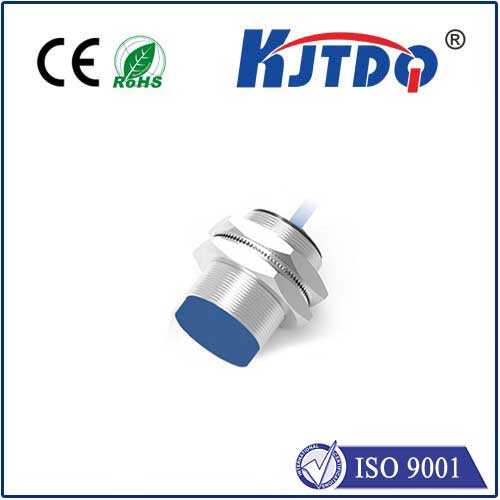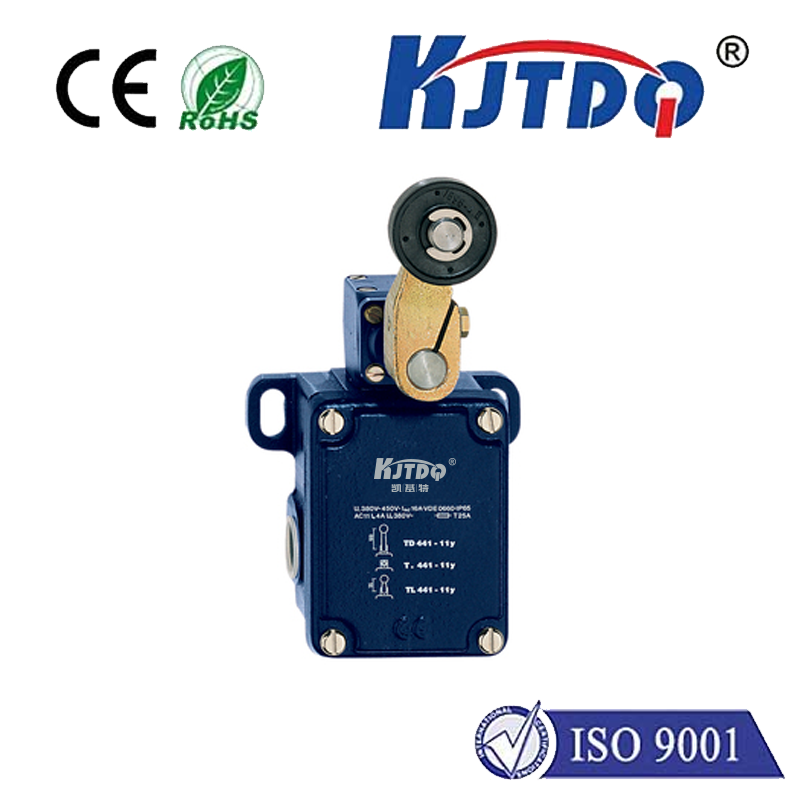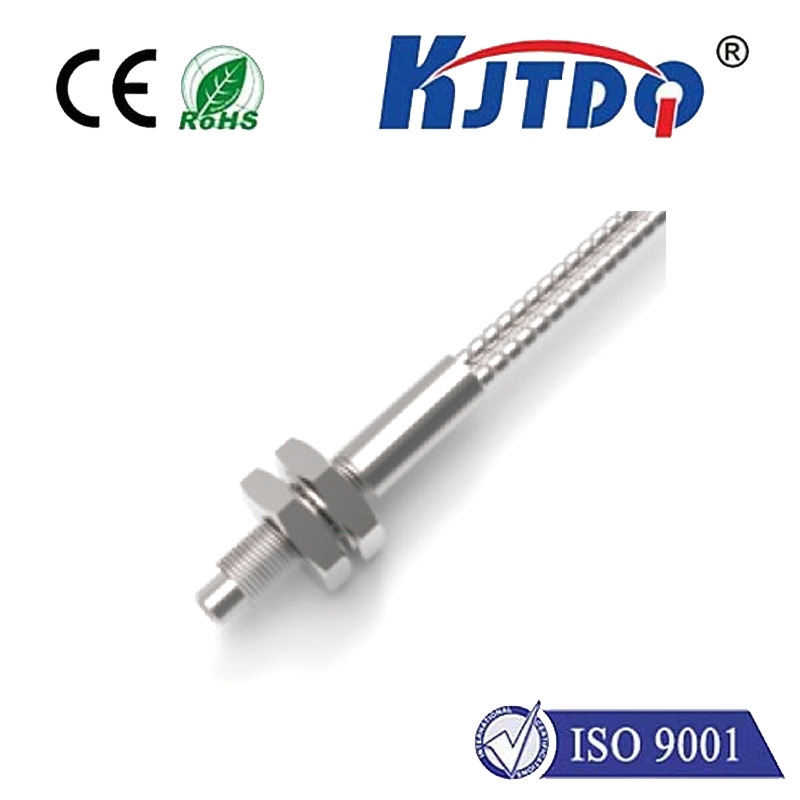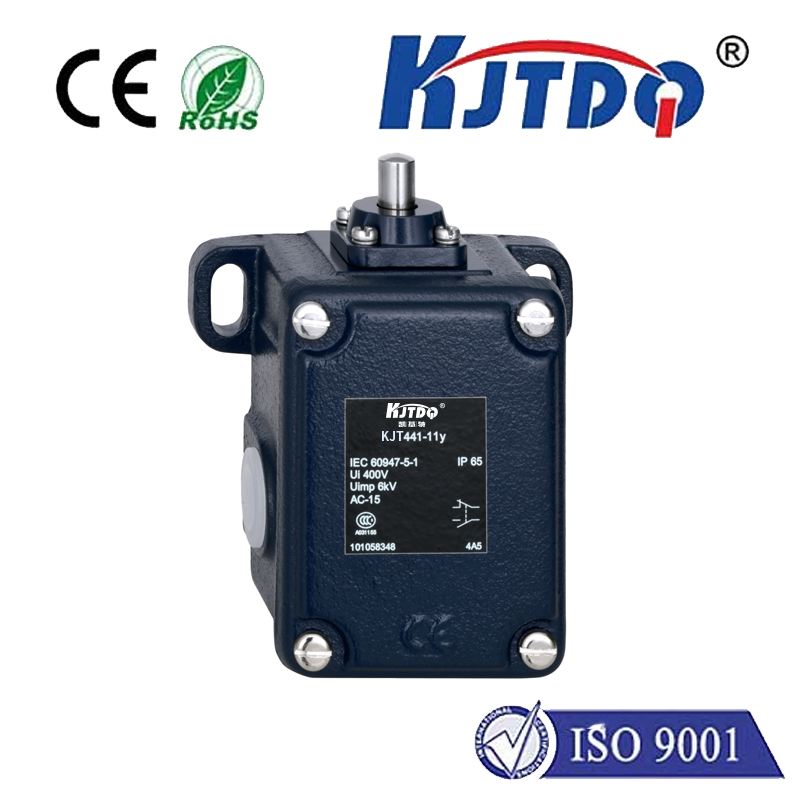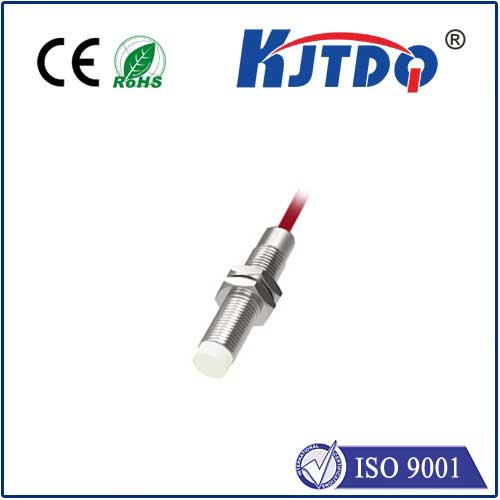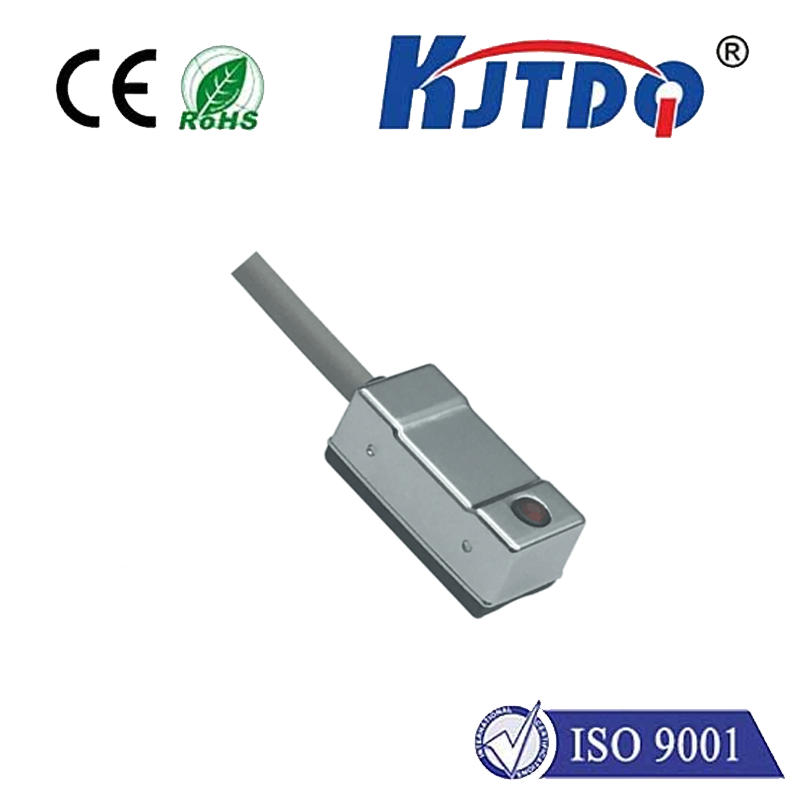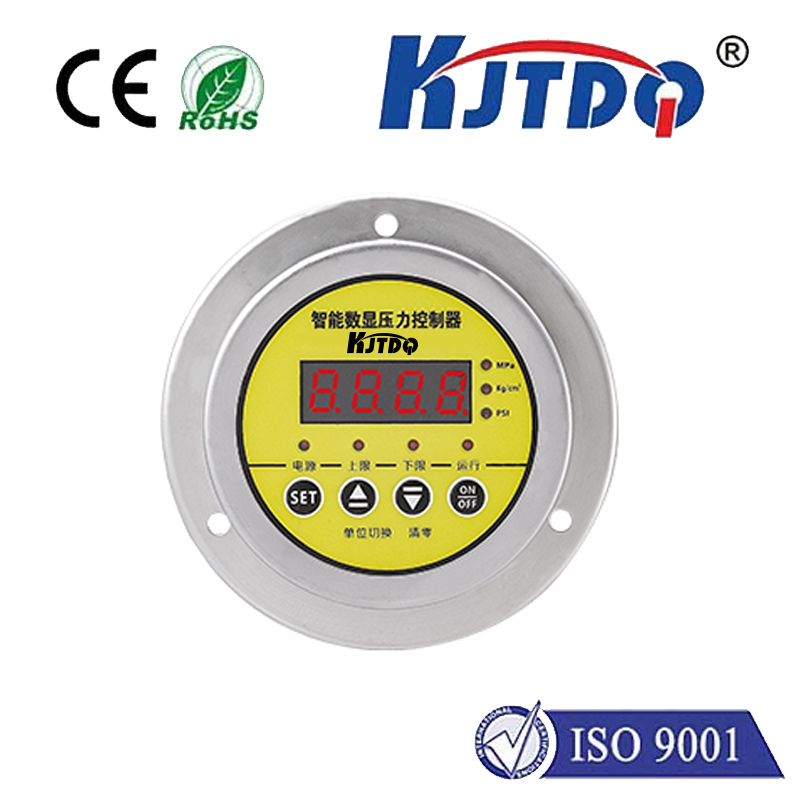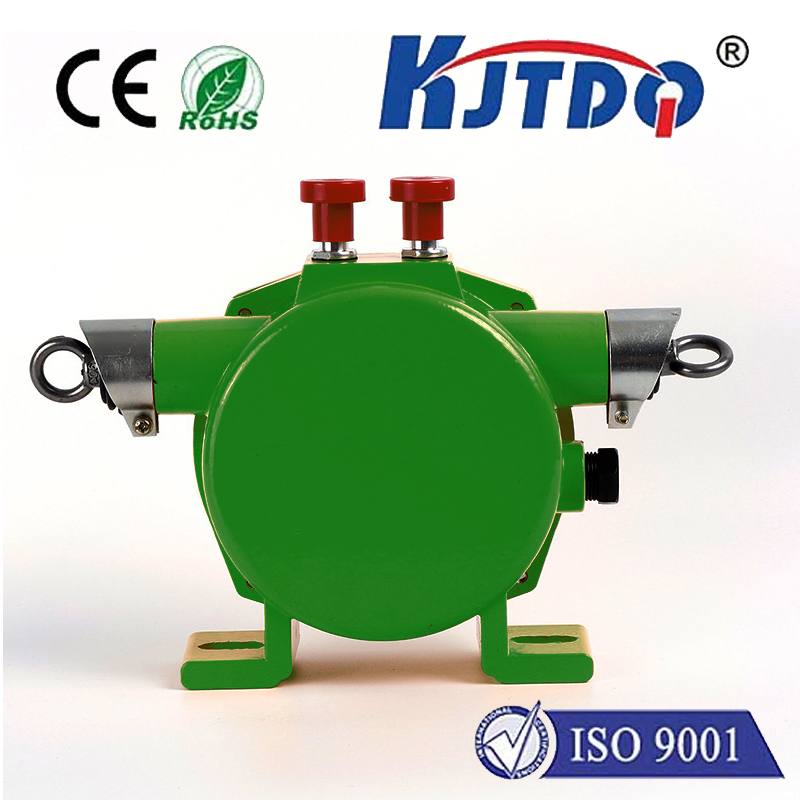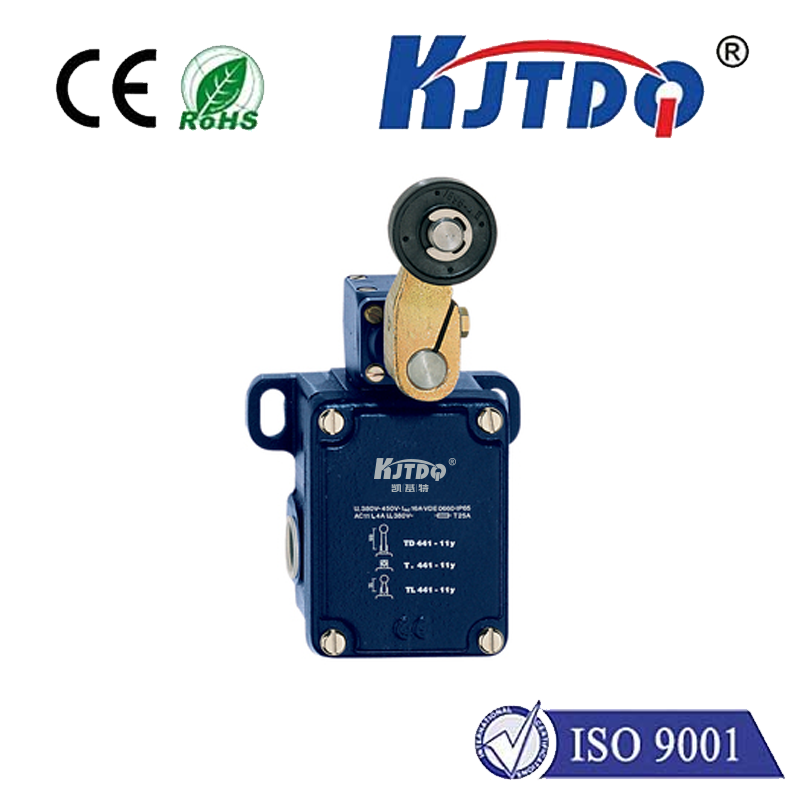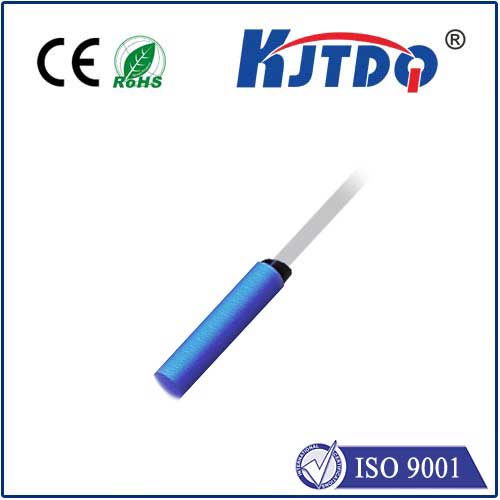optical sensor range
- time:2025-08-16 00:28:50
- Нажмите:0
Optical Sensor Range: Decoding Reach for Peak Performance in Sensing Applications
Title: Optical Sensor Range Explained: How Far Can Your Sensor See?
Введение:
Think about the sheer number of tasks where something needs to “see” without human eyes. A barcode scanner swiftly reading a package label inches away, an autonomous vehicle detecting a pedestrian hundreds of feet ahead, or a factory robot precisely aligning components millimeters apart. At the heart of these diverse capabilities lies a critical characteristic: optical sensor range. Also frequently termed working distance or sensing range, this parameter is fundamental to selecting the right sensor for the job. Understanding what it means, the factors influencing it, and its practical implications is crucial for engineers, designers, and integrators looking to harness the power of optical sensing effectively. This isn’t just about distance; it’s about achieving reliable, accurate detection within the specific spatial constraints of your application.
Defining the Core Concept: What is Optical Sensor Range?
In its simplest terms, optical sensor range refers to the minimum and maximum distances at which an optical sensor can reliably detect an object, measure a property, or perform its intended function. This range is a nominal specification, typically provided under controlled, ideal conditions defined by the manufacturer (e.g., specific target size, reflectivity, ambient lighting).

It’s vital to distinguish between the minimum working distance and the maximum working distance:
- Minimum Working Distance: The closest point to the sensor where detection or accurate measurement can still occur. Placing an object closer than this might saturate the sensor, cause physical interference, or result in inaccurate readings due to parallax or focus issues.
- Maximum Working Distance: The farthest point from the sensor where reliable detection or accurate measurement is possible. Beyond this range, the signal becomes too weak relative to noise (low signal-to-noise ratio), or the object subtends too few sensor pixels.
Key Factors Shaping the Optical Sensor Range
The achievable range for any optical sensor isn’t arbitrary; it’s governed by physics and engineering design choices:
- Sensor Technology & Principle: Different optical sensing principles inherently have different range capabilities and limitations.
- Proximity Sensors: Typically designed for very short ranges (mm to a few cm), using principles like diffuse reflection.
- Time-of-Flight (ToF) Sensors: Measure the time light takes to travel to an object and back. Effective from short ranges (cm) up to several meters, even tens of meters in higher-power variants. Range is limited primarily by light source power and ambient light suppression.
- LiDAR (Light Detection and Ranging): Essentially a high-performance ToF system, often using lasers. Capable of very long ranges (hundreds of meters to kilometers) used in surveying, autonomous vehicles, and atmospheric sensing. Power and beam divergence are major range factors.
- Structured Light / 3D Scanners: Often used for mid-range applications (cm to meters), projecting patterns. Range is constrained by pattern visibility and camera resolution.
- Photoelectric Sensors (Through-Beam, Retroreflective, Diffuse): Range varies drastically: Through-beam offers the longest range (easily meters to tens of meters), while diffuse sensors have shorter ranges (cm to meters), highly dependent on target reflectivity.
- Light Source Characteristics: The emitter plays a crucial role.
- Wavelength: Infrared (IR) light is often used to avoid interference from visible ambient light and can penetrate certain environments better, but visible light might be necessary for color detection. Laser sources offer high intensity over distance with low divergence.
- Intensity/Power: A brighter light source generates a stronger return signal, enabling longer range detection, but requires more power and potentially stricter safety measures.
- Beam Pattern & Divergence: A tightly collimated beam (low divergence) maintains intensity over longer distances, extending range. Wider beams cover larger areas but weaken faster. Beam divergence is a critical spec for long-range applications.
- Optics (Lenses): Lenses focus the emitted light and collect the returning light.
- Focal Length: Determines the sensor’s inherent field of view (FOV) and the distance at which objects are in best focus.
- Aperture Size: A larger aperture collects more light, improving sensitivity (and thus range) especially in low-light conditions or for weak return signals. This governs the sensor’s light-gathering capability.
- Target Properties:
- Size: Larger targets are easier to detect at longer ranges as they reflect more light back to the sensor.
- Reflectivity: A highly reflective (e.g., retroreflective, white) target returns significantly more light than a dark, matte, or absorbent target, dramatically extending the effective range. Manufacturer specs often assume a standard white, high-reflectivity target. Real-world targets require derating.
- Surface Characteristics: Smooth, mirror-like surfaces might cause specular reflection, potentially directing light away from the sensor receiver if not aligned perfectly. Rough, matte surfaces scatter light more diffusely, often making detection more reliable within their range.
- Environmental Conditions:
- Ambient Light: Intense sunlight or other bright light sources can flood the sensor’s detector, increasing noise and drastically reducing the effective range and reliability, especially for sensors using visible or near-IR light. Sunlight interference is a major challenge for outdoor optical sensing.
- Atmospheric Conditions: Fog, smoke, dust, rain, and snow scatter and absorb light photons. This attenuation severely reduces the signal strength reaching the sensor and the signal returning, shortening the practical range and potentially causing dropouts.
- Temperature: Extreme temperatures can affect LED/laser output intensity and sensor electronics performance, potentially impacting range stability.
Resolution vs. Range: The Fundamental Trade-off
A critical relationship exists between Решимость (the smallest detectable change or detail) and sensing range. Generally, as range increases, resolution decreases. This is often tied to the concept of angular resolution.
Imagine a camera sensor with a fixed number of pixels. An object close to the camera occupies many pixels, allowing fine details to be resolved. That same object placed far away occupies only a few pixels, making details indistinguishable. Similarly:
- A LiDAR sensor scanning a nearby object will yield a dense point cloud with high spatial resolution.
- The same LiDAR scanning an object at its maximum range will produce a much sparser point cloud with lower resolution.
Engineers must constantly balance the need for long-range detection with the requirement for sufficiently high resolution at that distance. High-resolution long-range sensing typically demands more expensive components (higher power lasers, larger apertures, higher resolution detectors) and sophisticated signal processing.
Practical Implications: Choosing the Right Range for Your Application
Selecting a sensor with the appropriate optical sensor range is paramount for system performance:
- Avoiding “Blind Spots”: A sensor with too short a maximum range might fail to detect objects early enough, especially critical in safety or high-speed applications (e.g., autonomous braking).
- Ensuring Precision: Applications requiring high precision (e.g., robotic assembly, metrology) often need shorter working distances where resolution is highest.
- Optimizing Installation & Integration: Understanding the minimum working distance is crucial for mechanical mounting. A sensor requiring significant stand-off might not fit within compact machinery.
- Accounting for Real-World Conditions: Never select a sensor based solely on its ideal maximum range spec. Always derate significantly for target properties (use the actual target reflectivity and size) and environmental factors (plan for fog, dust, rain). Build in a substantial safety margin.
Выводы:
Optical sensor range is far more than just a number on a datasheet; it’s a dynamic interplay of physics, technology, target interaction, and environment

